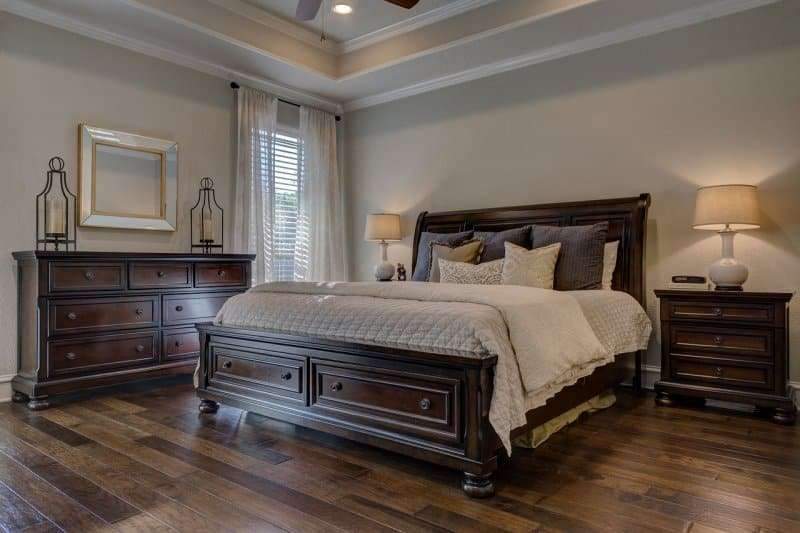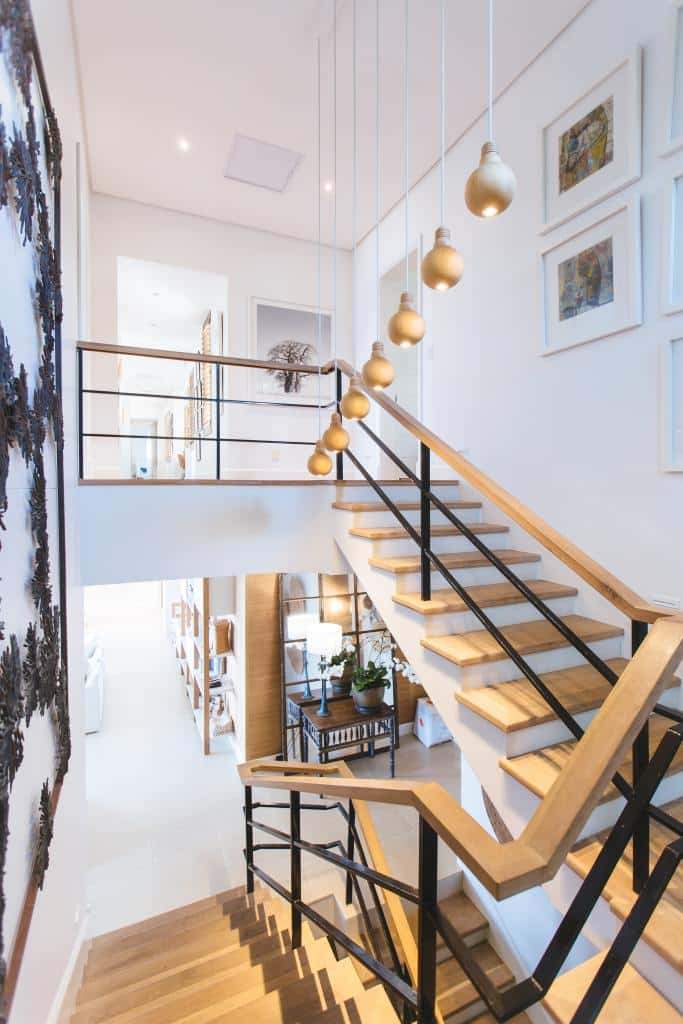If you walk into a well-designed room, you can feel how cohesive everything looks.
You can also transform any space to look great, when you know the basic principles of interior design.
If you want to create a beautiful home, pair this knowledge with practice and experimentation.

Balance
Balance in design creates a sense of balance, as it’s all about equalizing or approximating the visible weight of things.
And the balance is through style, color and texture too, not just shape.
There are three different types of equilibrium:
- Symmetrical or formal: The space is divided equally into two mirroring sides, as traditional or formal spaces require symmetrical balance.
For example, it can be said that two chairs are symmetrically balanced on either side of the coffee table.
It is also easy to achieve this kind of balance, as the design elements are repeated on each side.
And sometimes this kind of equilibrium becomes monotonous and boring, if you’re not careful.
- Asymmetric or informal: Visual weights of lines, colours, shapes, and textures are balanced without exact repetition. It is not as neat as symmetrical balance and can be more complex and interesting
For example, by placing two chairs on the other side, the sofa can be balanced.
Also, when there is a focal point and a focal point with other elements radiating from or around it, radial equilibrium is achieved.

Rhythm
Rhythm in design is all about creating patterns of repetition and contrast to create visual interest, just as in music.
You can do this by using the same color or shape at different time intervals, so it’s meant to move your eyes around the room.
For example, you can create a rhythm by using color in the pillows,
picking it up in a painting, and repeating it back into a rug.
Harmony
When all the elements work together to create a unified message, then harmony is created.
Harmony can create a sense of comfort, just as rhythm can create excitement.
For example, you can create harmony using only one color, even though your shapes vary greatly in shape, size, and texture.

Tighten
Architectural spaces often have points of interest such as a fireplace or a window with a beautiful view.
You can choose to enhance the built-in focal point by arranging furniture around it to emphasize it.
You can also create one from furniture groups or using a regular or large piece,
in a room that lacks a built-in point of interest.

Ratio and scale
The ratio is the difference between the size of one part to another, and the scale is how the size of an object relates to another or to the space in which it is placed.
For example, a large partition stuffed into a small room would be out of scale.
The ancient Greeks came up with the golden section, which sought to reduce all proportion to a simple formula:
The ratio of the smallest section to the largest section should be the same as for the largest section to the whole.
This ratio is found in nature, and artists and architects have also used it.
For more architectural news


 العربية
العربية
Pingback: Classic style for elegant bathrooms